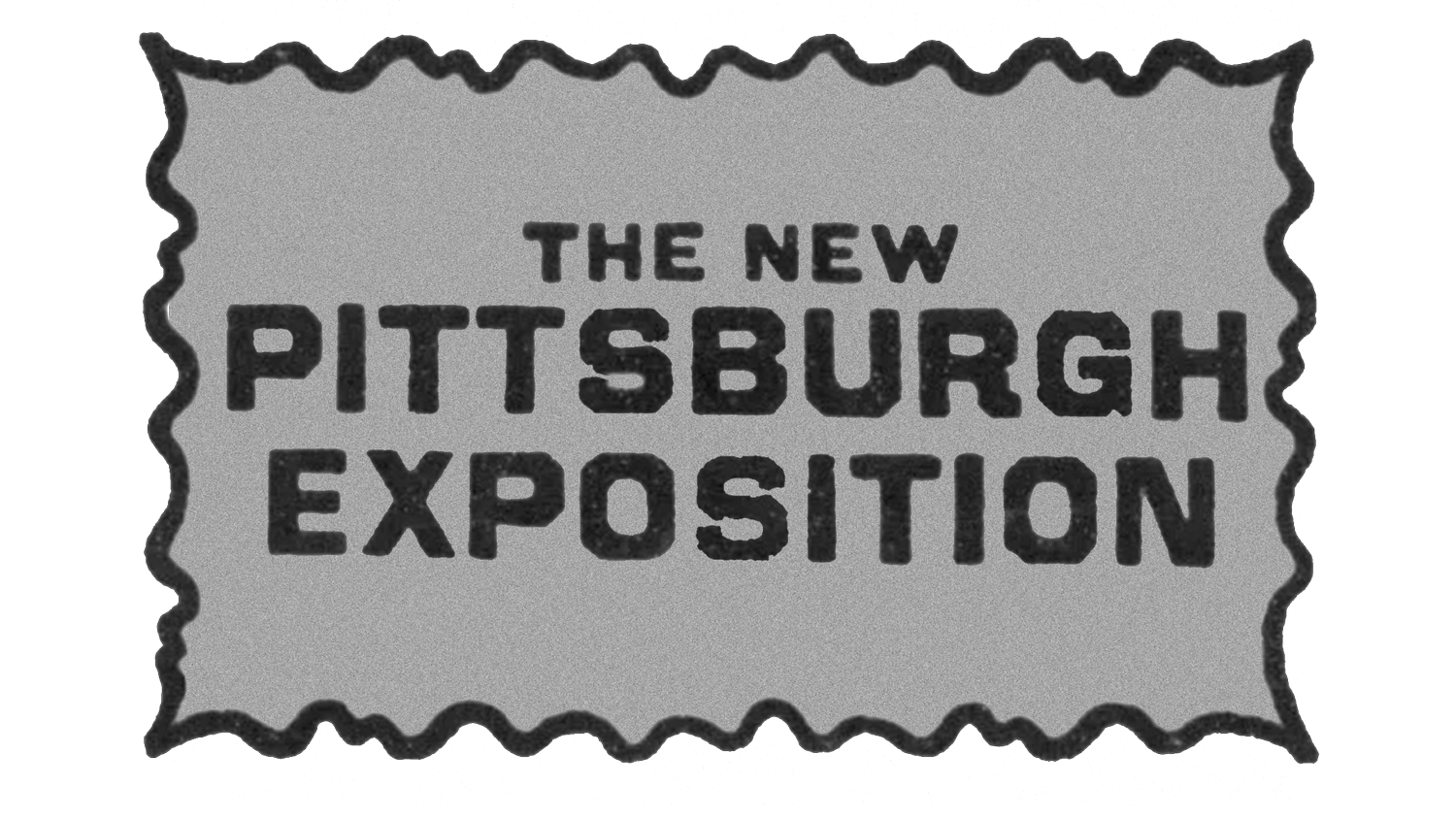Western Pennsylvania School for the Deaf
By David Fulmer CC BY 2.0
Location:
300 E Swissvale Ave, Pittsburgh, PA 15218
Description:
The Western Pennsylvania School for the Deaf, located in Edgewood, Pennsylvania, is a landmark institution in the history of deaf education in the United States. Founded in 1869, it was the nation’s first day school for deaf children. The school began humbly in a Pittsburgh church basement with only eight students, but it quickly outgrew its original space and moved into public school buildings due to increasing demand.
In 1884, the school relocated to a 10-acre site in Edgewood, a move made possible by a generous land donation and the successful navigation of legal challenges related to railroad construction. The current main administration building, completed in 1903, was designed by the prominent Boston architectural firm Alden & Harlow. This structure replaced an earlier building that had been destroyed by fire in 1899. The building’s red brick construction and stately white-columned façade reflect the architectural sensibilities of the early 20th century and remain central to the school’s historic character.
Today, the campus spans over 20 acres and balances historic preservation with modern enhancements specifically designed for the Deaf and hard-of-hearing community. A residence hall completed in 2019 features suite-style living, geothermal heating, and environmentally conscious design elements, all tailored to promote accessibility and social interaction. Recent renovations to the administrative offices include open layouts, increased natural light, and materials selected for their acoustic and visual clarity.
The school also maintains an on-site museum that preserves its long institutional history, showcasing archival photographs, early dormitory furnishings, and historic audiovisual materials. Recognized as a historic landmark by the Pittsburgh History & Landmarks Foundation in 1998, the Western Pennsylvania School for the Deaf continues to stand as a powerful symbol of educational advancement, architectural heritage, and community support.

